Corsair, a name we know all to well in the DRAM market. Well, today is no different with their release of the new DDR5 Dominator Titanium line. A line being touted as "Extremely Rare & Meticulously Crafted", we felt very privileged when Corsair was kind enough to send us along a 64GB Kit clocked at 6000MT/s (EXPO). Let's crack into this and see what we find.

Crucial developed the Ballistix MAX series of DDR4 memory for gamers and performance enthusiasts looking to push beyond standard limits. Composed of the highest-quality memory ICs, the Ballistix MAX was born with overclocking and high-performance computing in mind. Being Crucial’s highest-tier DDR4 offering, our interest was peaked, to say the least. We’ve obtained a test sample of this memory and we’re going to put it to the ultimate test. Join us as we overclock this memory and give you a full product tour.
Specifications
The Ballistix MAX was designed purely for performance. As such, we are not surprised to see that the product line is very limited. All of the modules are either 8 GB single rank, or 16 GB dual rank. Both of the options are available in either the standard 16 GB kit or a 32 GB kit. In terms of frequency options, the choices are 4000 MHz and 4400 MHz. If it’s RGB you’re after then the options are even slimmer.
Refer to the table below or follow the link for a full listing of the Ballistix MAX product line.
Quick Features
- Ideal for extreme overclocking enthusiasts
- Engineered for the latest AMD and Intel platforms
- XMP 2.0 support for automatic overclocking. Experts can manually customize timing parameters
- High-quality extruded aluminum heat spreader for max heat dissipation and thermal management
- Precision temp sensor on DIMM modules designed to monitor thermals as you push performance thresholds
- Customize your rig’s color scheme with 16 RGB LEDs in each module
- Compatible with ASUS Aura, MSI Mystic Light, Gigabyte AORUS Graphics Engine, and more
- Removable lightbar allows you to add your own custom 3D-printed lightbar
Today we are evaluating the flagship product within the Ballistix MAX RGB lineup. The table below shows the particular details of our review sample memory, model BLM2K16G40C18U4BL. The kit can be found on both Newegg and Amazon for $399.99.
PCB Layout and IC
As the Thaiphoon Burner screenshot shows, this specific kit of memory is composed of Micron ICs. Crucial is a key brand in the Lexar Media family of products, which is a wholly-owned subsidiary of Micron Technology, Inc. Therefore, we know Crucial memory modules will come with Micron IC’s.
This memory uses a total of 16 ICs, which are split evenly between both sides. The Thaiphoon Burner screenshot lists the PCB as A2 style and 8-layers, we have visually verified that the PCB design does follow the A2 style. The PCB layout refers to where the IC’s are located on the PCB, and it can have a huge impact on overclocking performance.
Packaging and Product Overview
As we pointed out above, the price point for our 32 GB test sample is $399.99. That puts the Ballistix MAX RGB firmly in the premium category. As such, we expect all aspects of the memory to live up to a premium standard. The memory ships in a thick and robust tri-fold style packaging. While it’s not the most high-end style of packing we’ve seen, it does indeed check off the premium box and doesn’t leave us wanting more.
A closer look
Once out of the packaging we get our first look at the memory up close. The heat sink and light diffuser design are highly detailed. With a flat black finish, it’s exceptionally universal and will fit nearly any build style. The module has a very heavy and solid feel in hand. It’s clear that thought and attention to detail went into the design.
Both sides of the module are printed with the Ballistix MAX logo. We applaud Crucial for keeping the product label small and color-matched. Often times we’ve ween large white product labels on black memory, and it can be an eyesore. The heat sink includes a large louvered section which adds to the overall cooling capacity and also serves as a style element.
The Ballistix MAX RGB is proud of its illumination element, there’s no subtleness. The light diffuser on top is big and bold. With a predominately flat top and an unobstructed viewing angle, the RGB element predominant from a top-down view.
The light diffuser is removable, allowing you to add your own custom 3D-printed one.
Software Control
There are two ways to control the RGB element. You can use the motherboard lighting control software, or, Crucial’s standalone control software. Named the DDR4 Ballistix MOD Utility, this unique piece of software is specifically designed to interact with Crucial DRAM modules.
Among the RGB lighting control are other features such as temperate sensor readings and SPD info screens.
Testing and Overclocking
The overall objective is to test the memory from the perspective of daily usage. We want to know how the memory performance, and how it overclocks without getting into cray voltage levels. Which is to say that we will stay under the maximum allowable voltage of 1.50 V, as indicated in the XMP 2.0 official specification.
Today we will be using the AMD X570 platform for testing.
As is the case with all overclocking adventures, your results may vary, so proceed only if you assume all risk.
XMP ~ 4000 MHz CL18-19-19-39 + XMP Sub Timings @ 1.35 V
It’s not always a foregone conclusion that the XMP rating will work out of the box. However, in the case of our test setup and memory configuration, we had no problem setting the XMP specifications. Furthermore, it was completely stable in all benchmarks.
Overclock 1 ~ 4800 MHz CL18-24-20-42 + Loose Sub Timings @ 1.50 V
For the first overclocking test we wanted to find out what the maximum possible frequency is for this memory. With a voltage of 1.50 V, and loosened up timings all around, we were able to achieve an astonishing 800 MHz increase. That’s quite an achievement for 32 GB of memory, but the performance on AMD’s X570 platform might be surprising.
Overclock 2 ~ 3600 MHz CL16-16-16-32 + Tight Sub Timings @ 1.45 V
Due to the relationship of DRAM, UCLK, and FCLK of the X570 platform, it’s often best to run everything at a one-to-one ratio. This means keeping the DRAM frequency locked at 3600 MHz. With the frequency running lower than XMP rating, we’d expect to have overclocking headroom with the timings.
In fact, we saw truly exceptional overclocking headroom with the timings. We were able to achieve full stability with CL16-16-16-16-32, tight sub timings, and 1.45 V. Running CL16-16-16-16-32 with tight sub-timings is just about the industry-norm for Samsung B-Die ICs. However, Micron ICs typically need something closer to CL16-18-18-18-38 in order to function. It’s an excellent overclocking result given the nature of the IC, we are very happy to see Micron IC’s running what was formerly exclusive to Samsung B-Die.
Benchmark Results
AIDA64
We know from experience that AIDA64 typically shows the best results with high frequency overclocking rather than tight timings. The trend toward frequency is somewhat lessened on the X57 platform, however, it still holds true. Our best results across the board came from the 4800 CL18 overclocked profile.
Geekbench 4 Multi-Core
We appreciate Geekbench 4 because it trends in the completely opposite way from AIDA64. Here it’s often the tightest timings that produce the best scores. Geekbench 4 does scale with both frequency and timings, but it favors tight timings. It’s no surprise that our best scores in Geekbench 4 come from the 3600 CL16 tight profile.
Si Sandra
Both of our overclocking endeavors showed a noteworthy performance increase in SI Sandra. Keeping the memory locked in at 3600 MHz and tightening up the timings proved to be the best solution here.
XMP Comparison Results
We’ve seen how the memory compares against itself for overclocking, but now we’d like to show you how the Mallistix MAX RGB performs against other memory modules. All of the results below were generated with the XMP profile enabled and overclocking profiles were not included.
Our test memory performed admirably. We found it interesting that although this kit has 32 GB of memory, it performed about on par with all other 16 GB kits.
AIDA64 XMP Comparison
Geedbench 4 XMP Comparison
Conclusion
Overall we are very happy with the Crucial Ballistix MAX RGB. From the exceptional build quality to the bold RGB design, we feel it’s a big success from a design and style perspective. The memory looks and feels like a premium product, and even ships in an upscaled package from what we normally see.
They had us with an excellent design, but when it came down to the overclocking results we were truly impressed. Modern Micron ICs are known for their ability to achieve high frequencies with relatively low voltage levels. We were certainly happy to achieve 4800 MHz CL18, but it’s somewhat of an expected result with this platform and memory IC. However, achieving full stability with 3600 CL16-16-16 is a result we didn’t expect. Samsung has been leading Micron in the latency wars for a long time, but results like this are encouraging for the future of memory overclocking because it shows that the gap is narrowing.
Our test sample is available on Newegg for 399.99. The world of RGB memory is fiercely competitive. Looking at the competition, a 32 GB kit of RGB memory running 4000 MHz ranges between $250 and $465, with the majority being at the lower end of that spectrum. Has Crucial done enough to warrant the premium price tag? We’ll leave that for you to answer, but we feel confident recommending this memory for your next build, as we know you won’t be disappointed.
Lastly, we want to express our thanks to Crucial for providing us with this review sample and the opportunity to review it for our shared audience.

Want to discuss this product or give your views and feedback from your own usage? Discuss on the ExtremeHW Forums
Like our content? Please consider Donating to help us to continue our writing.




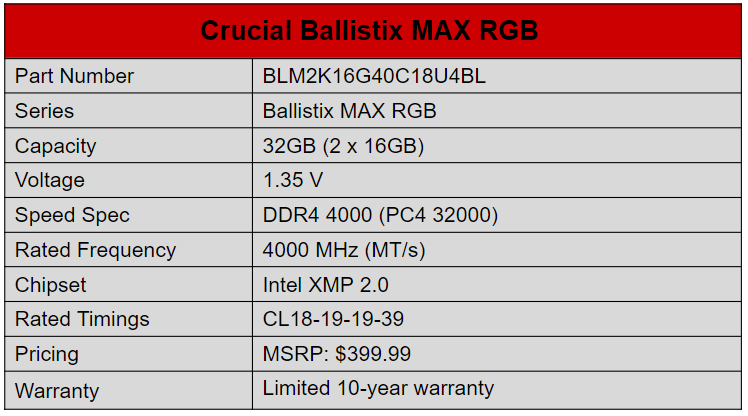
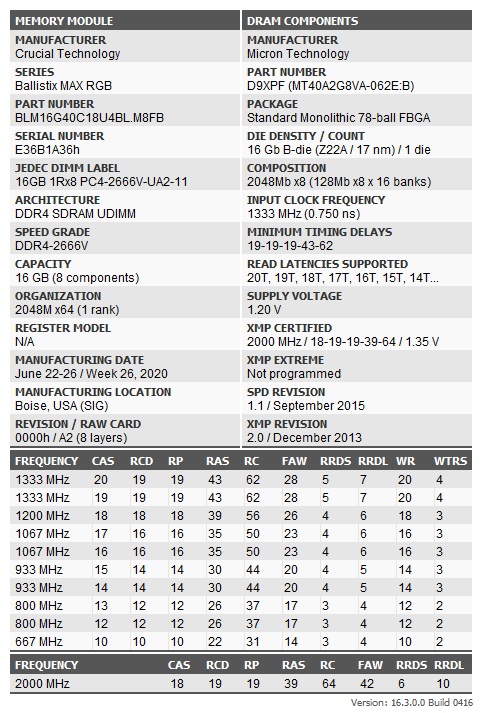
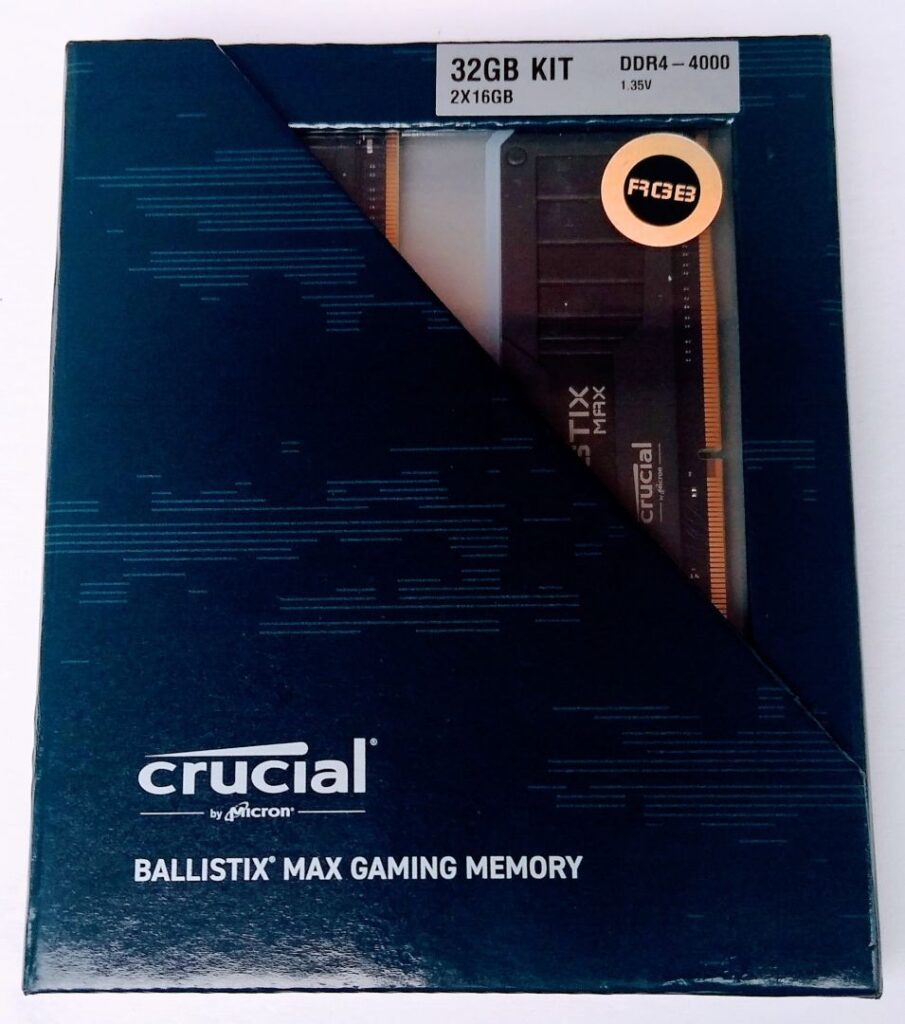
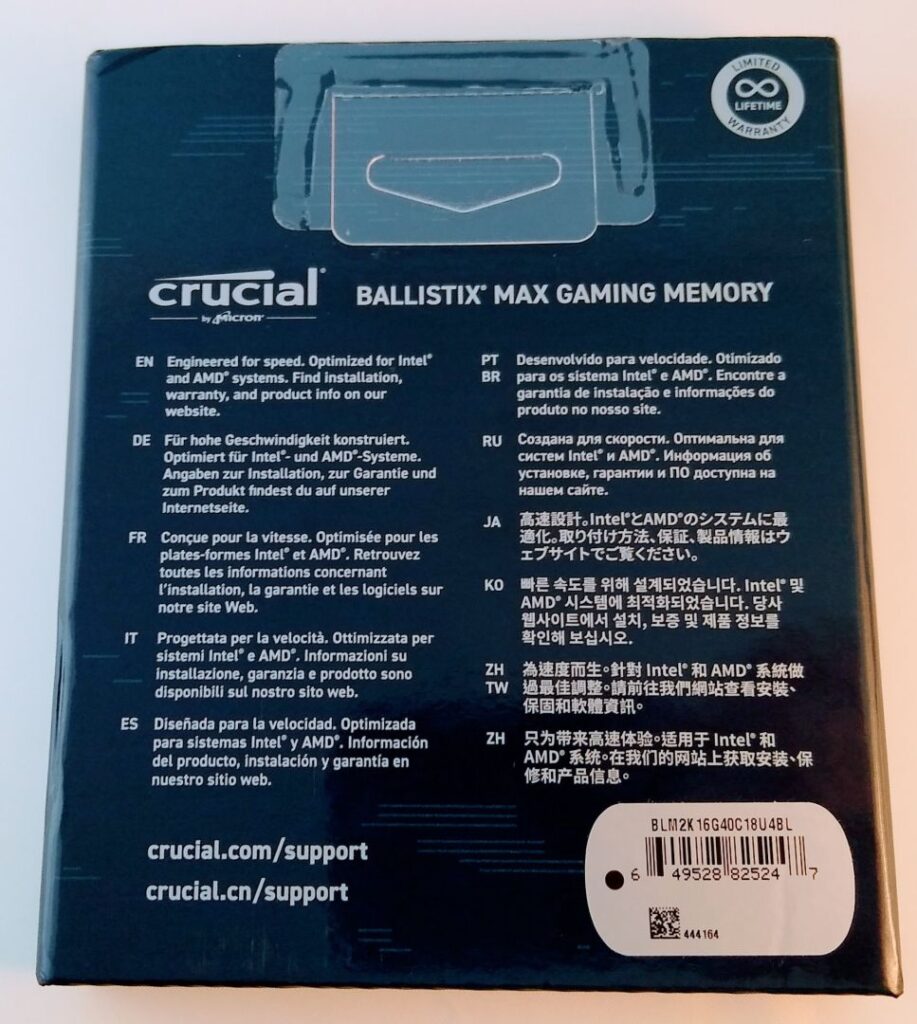
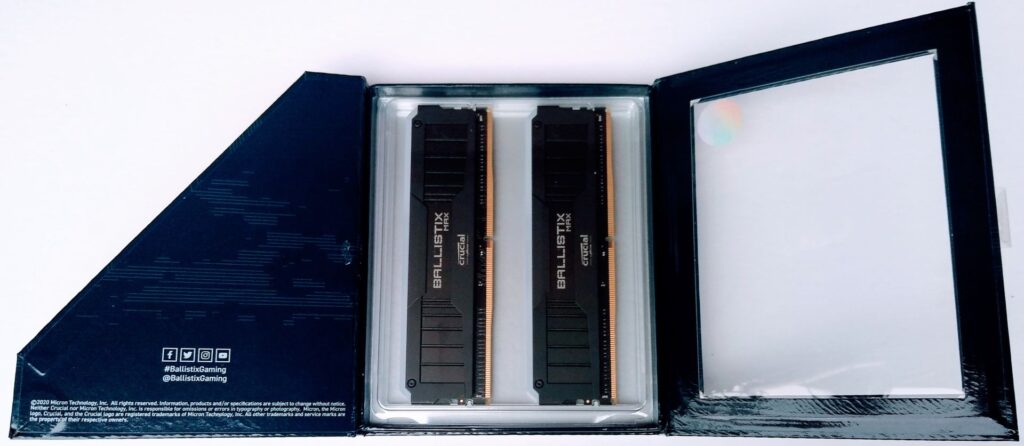
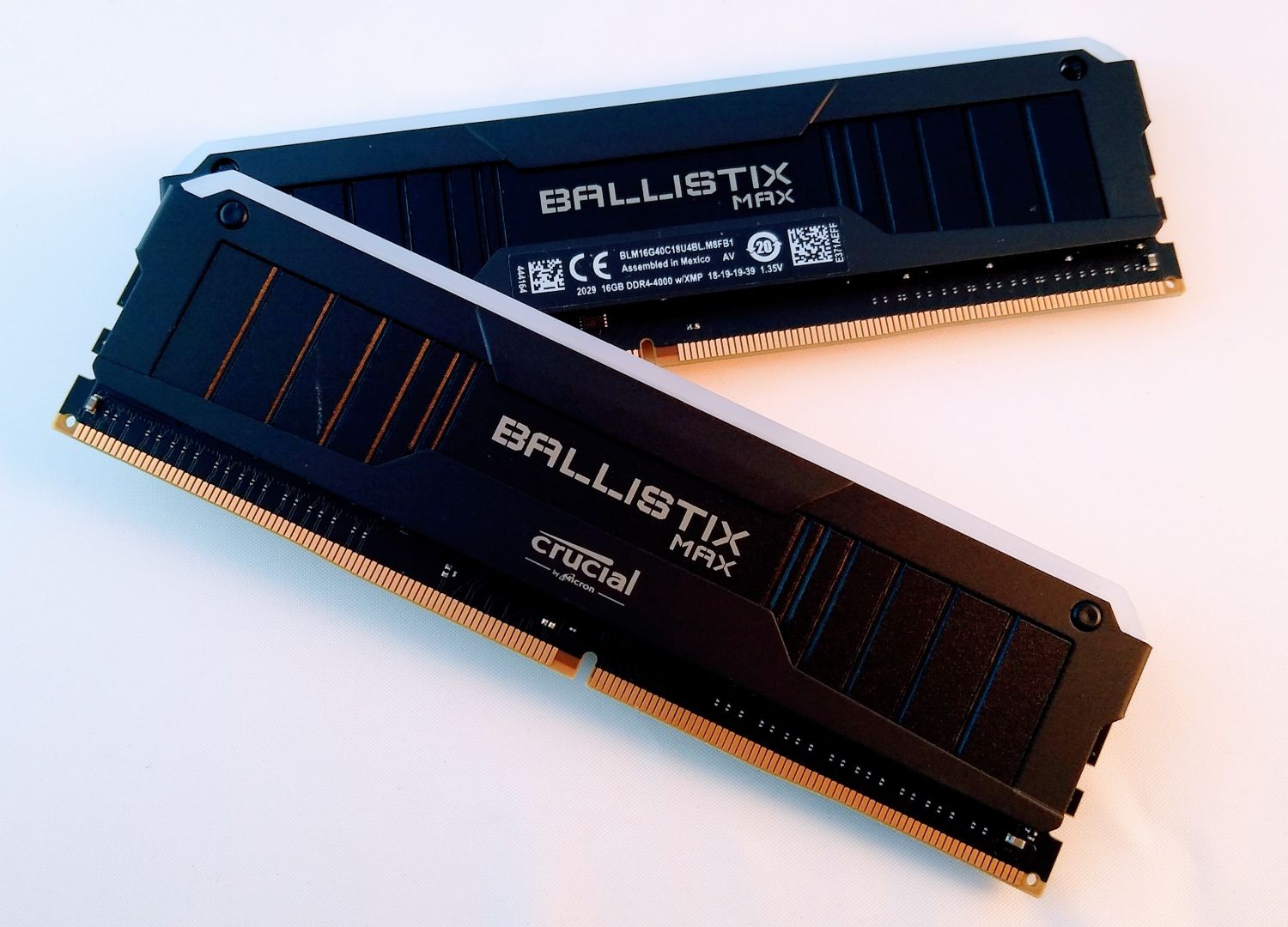


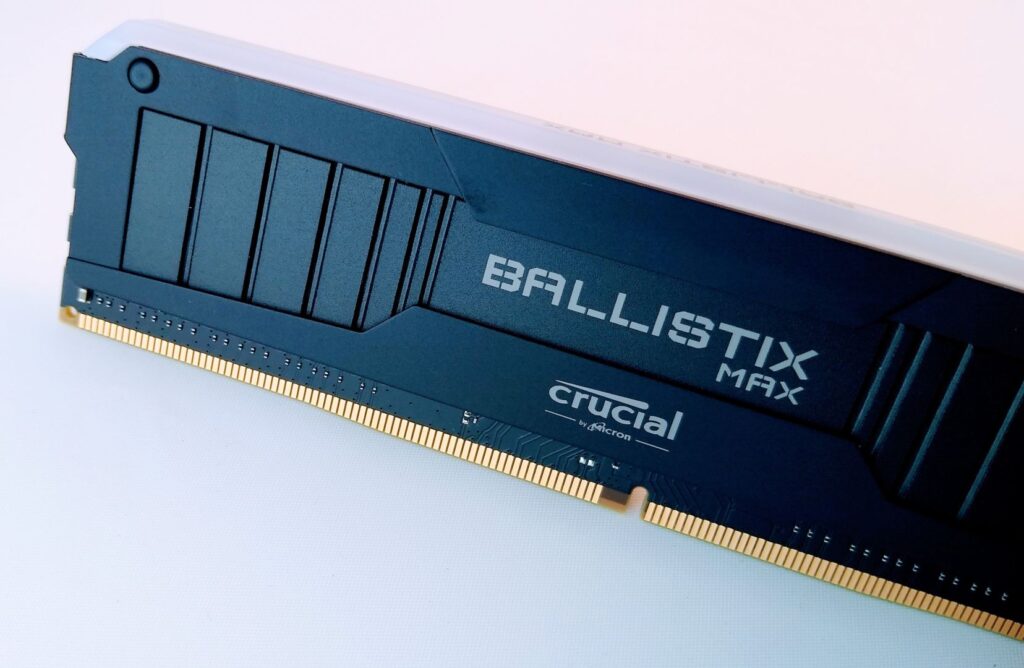
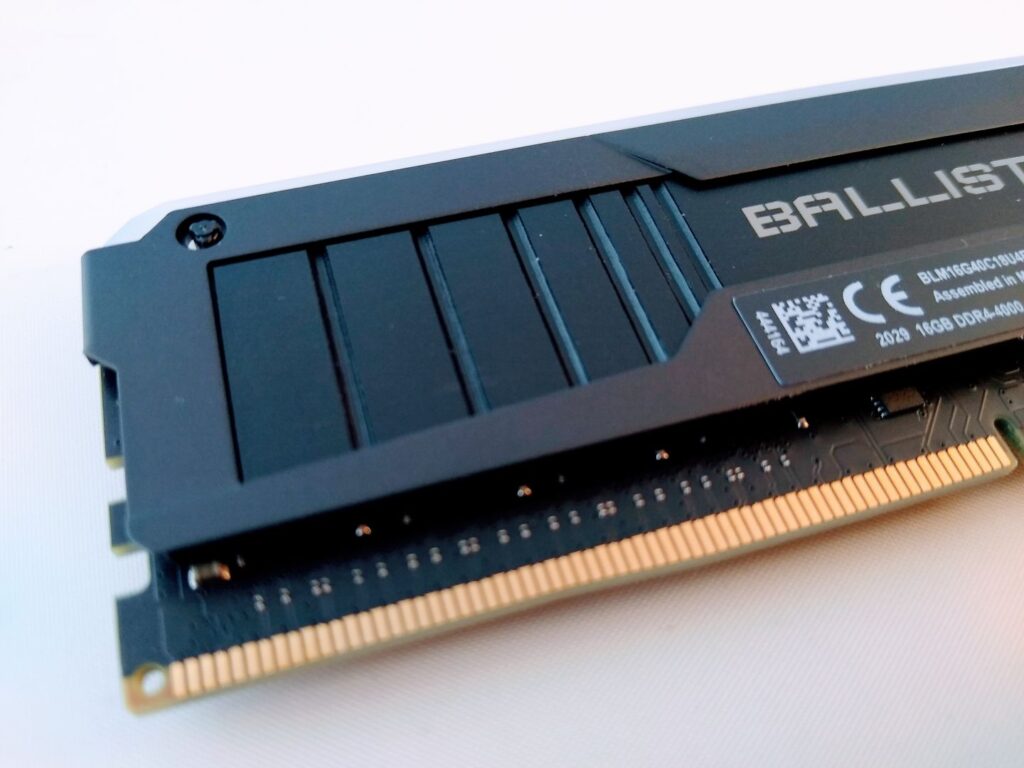
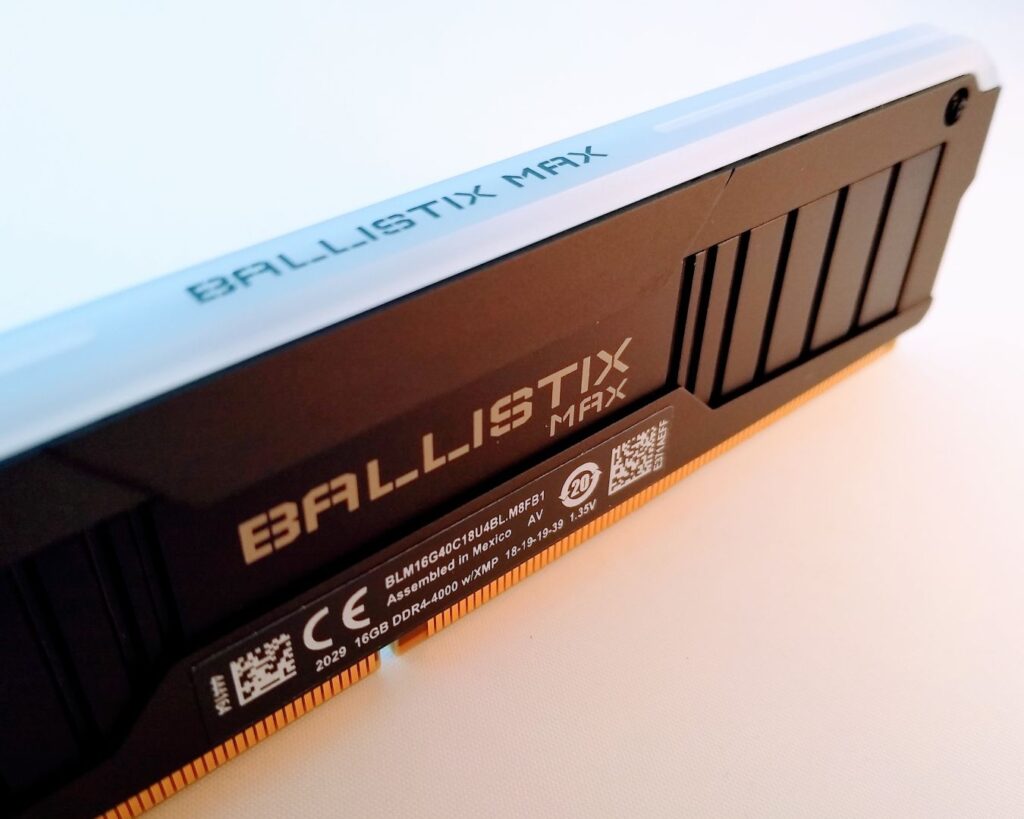
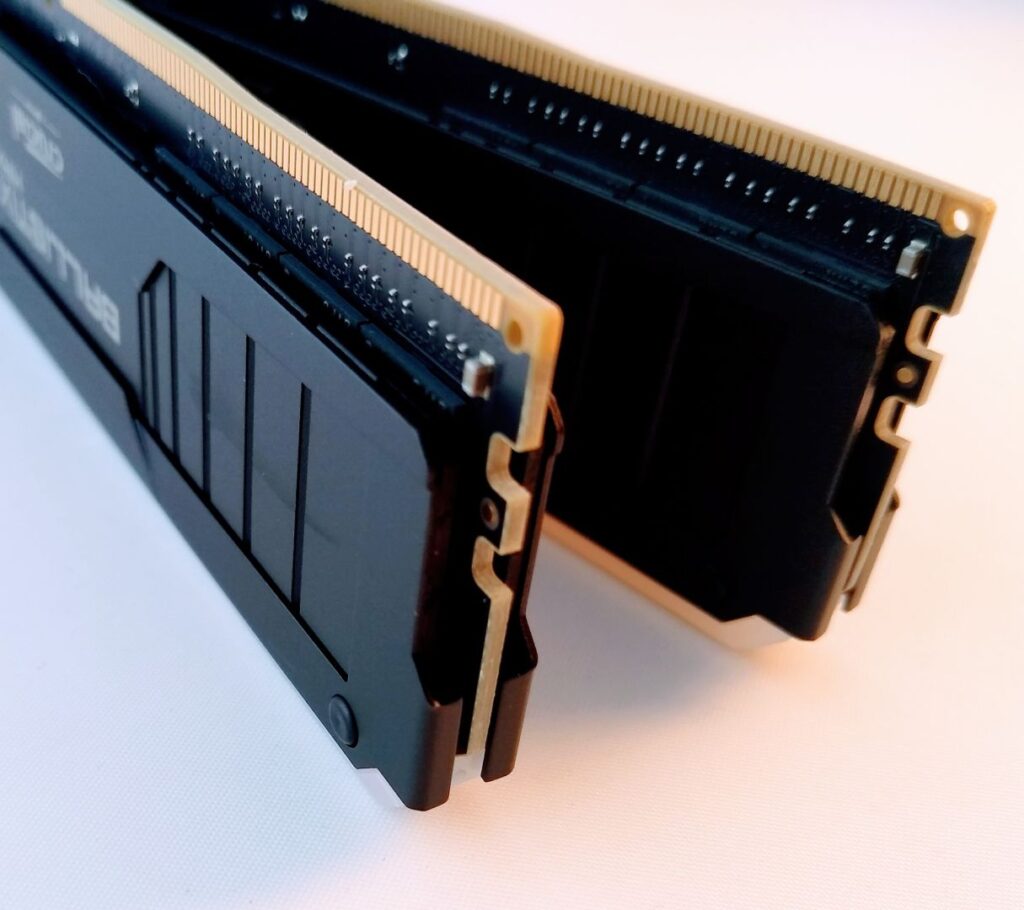
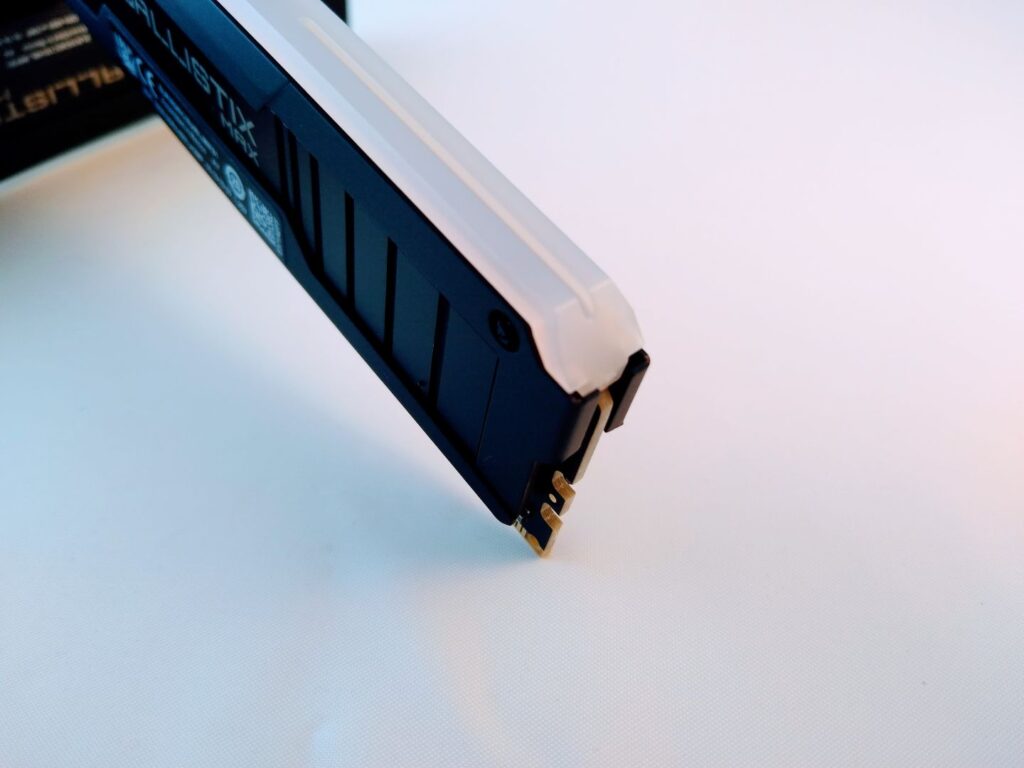
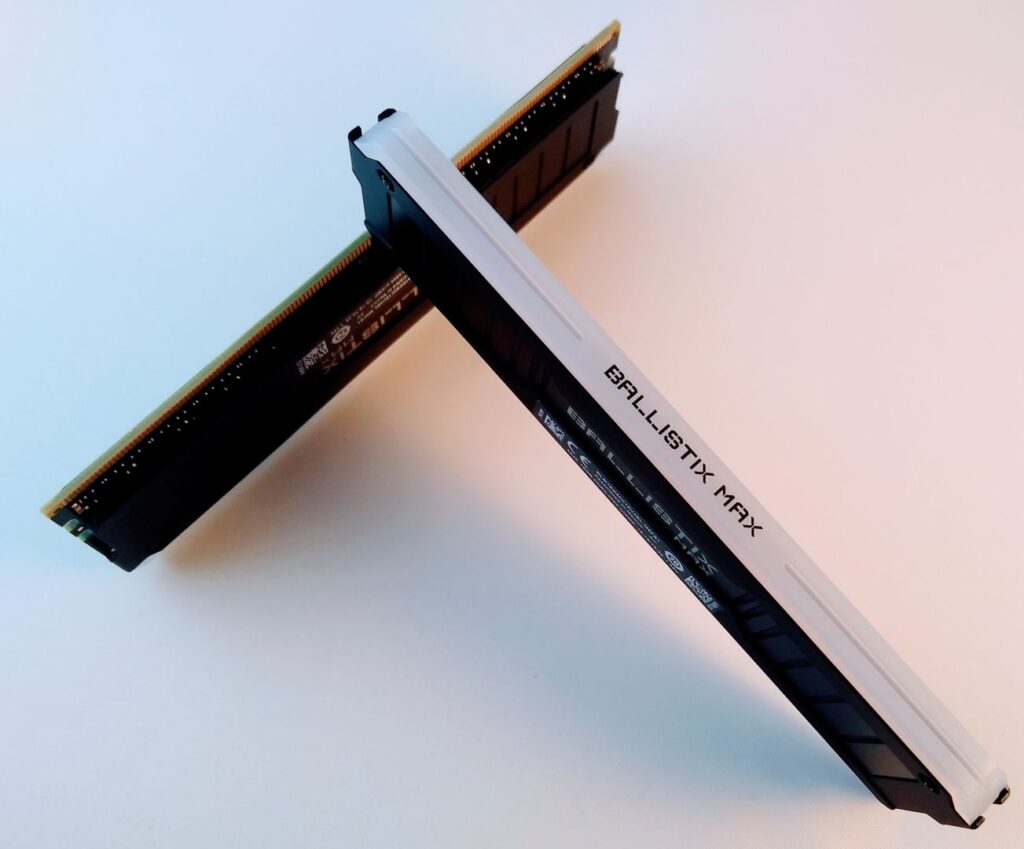
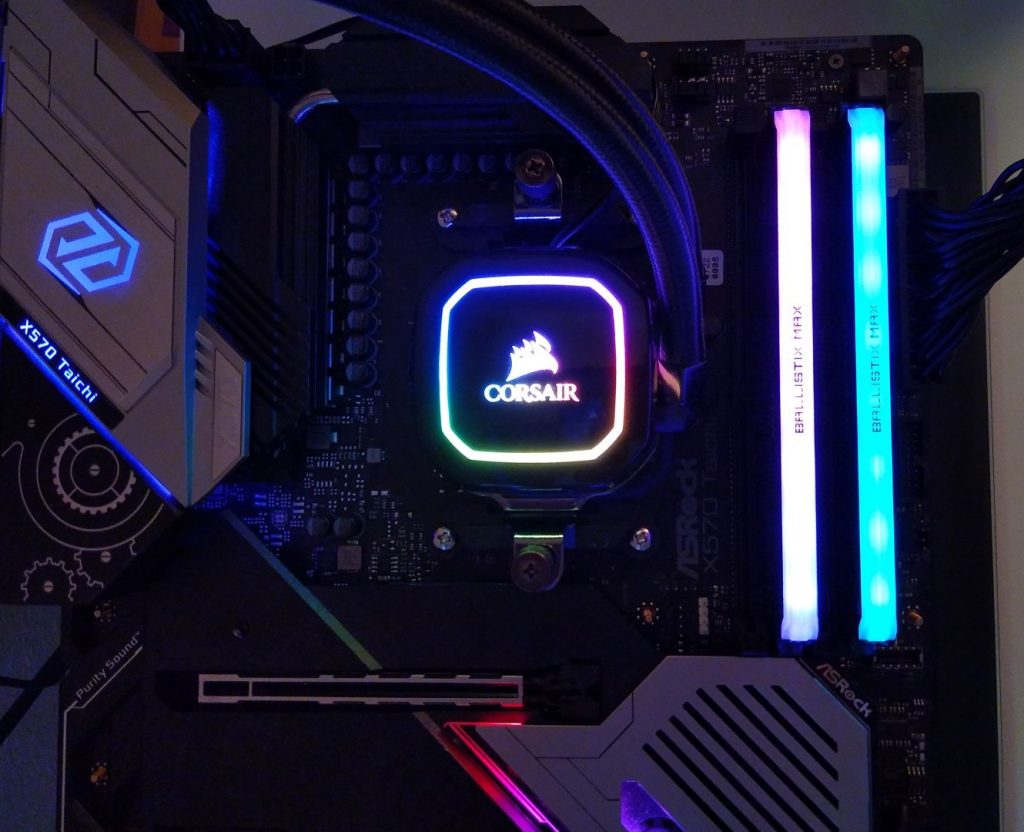
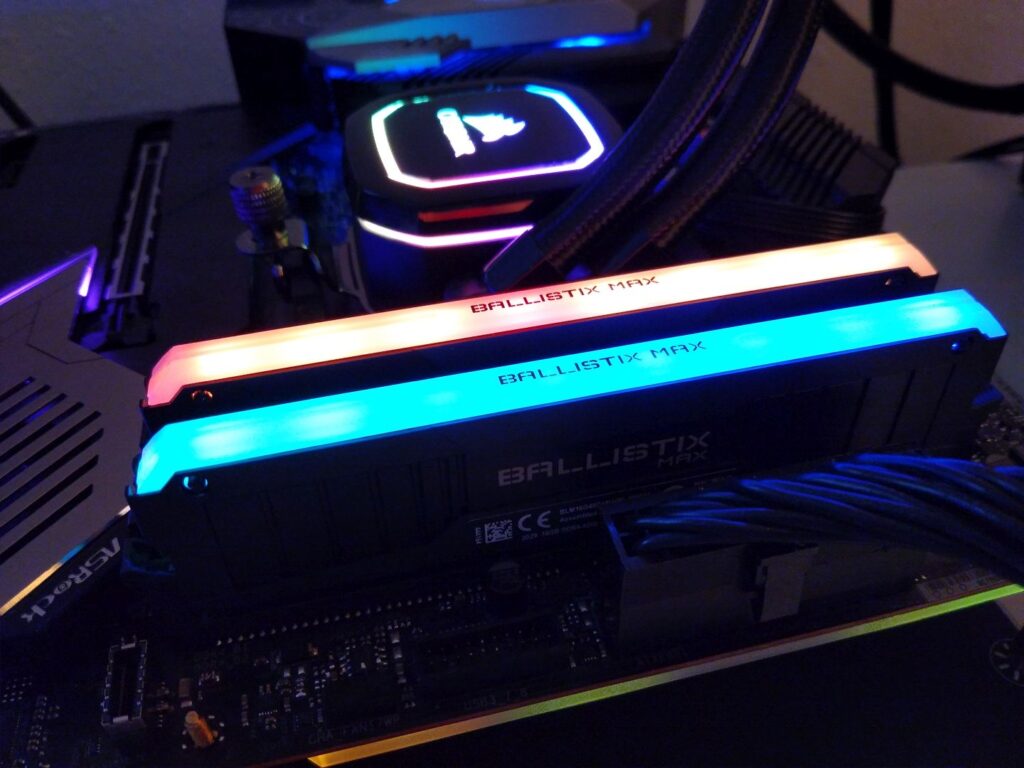
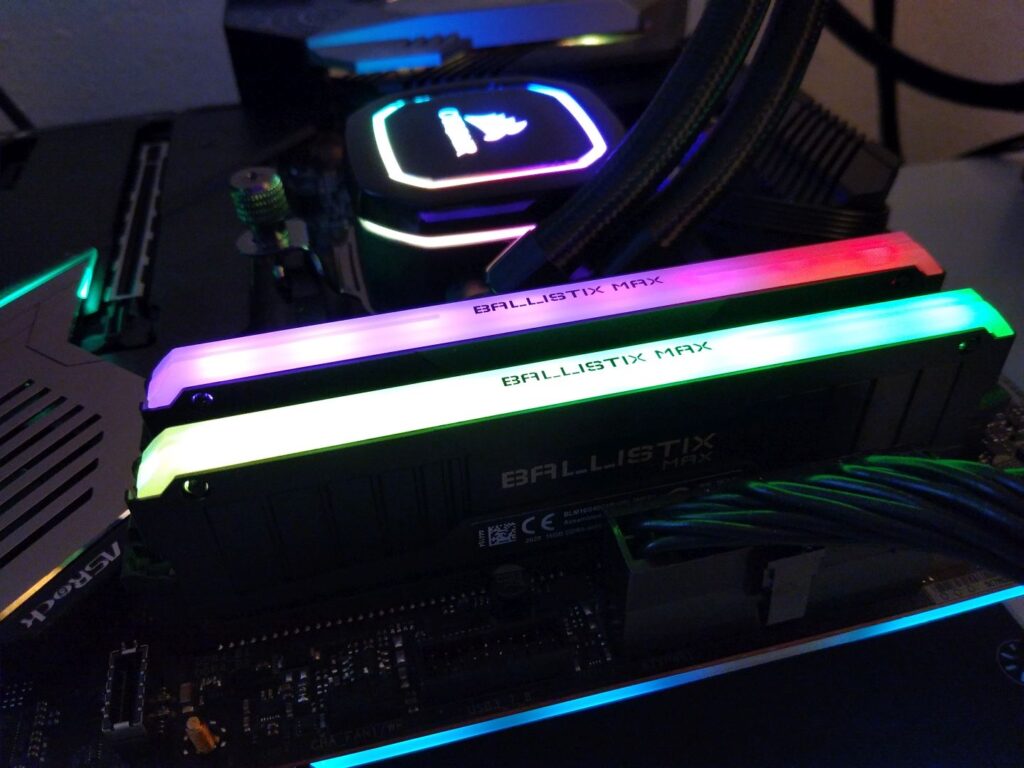
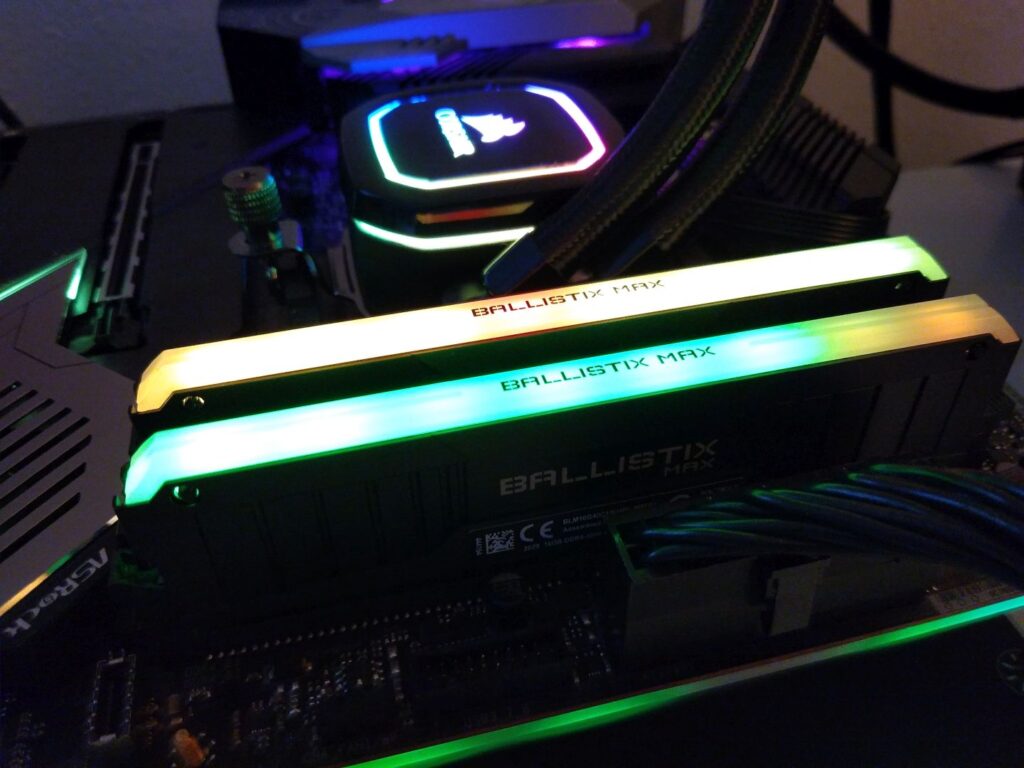

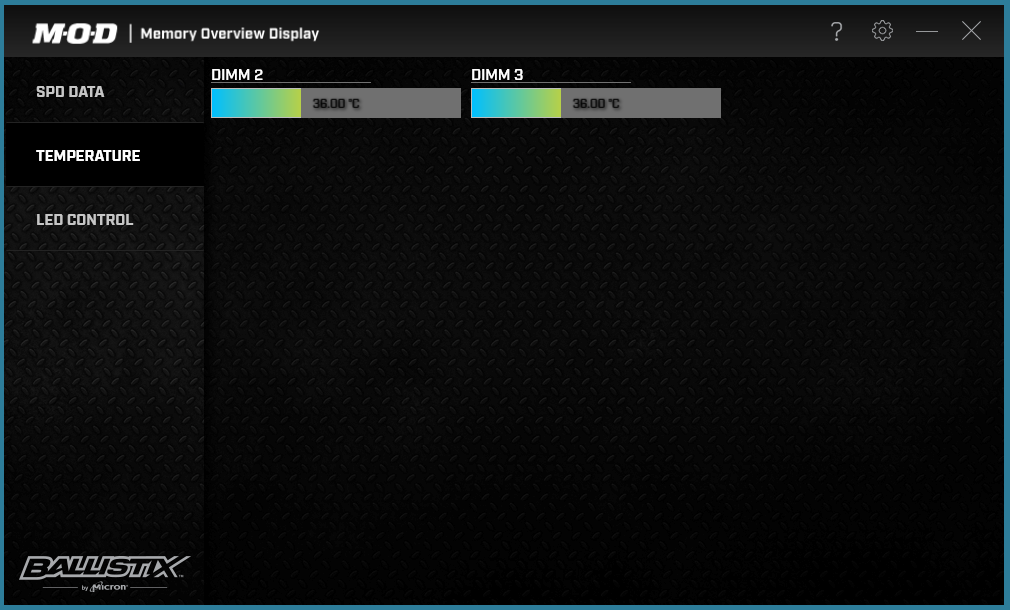
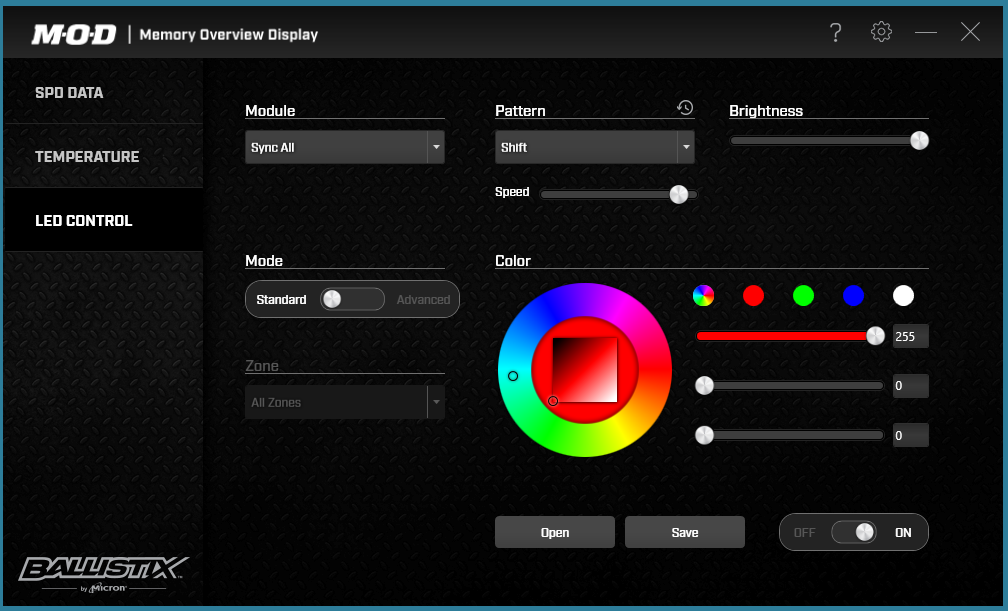
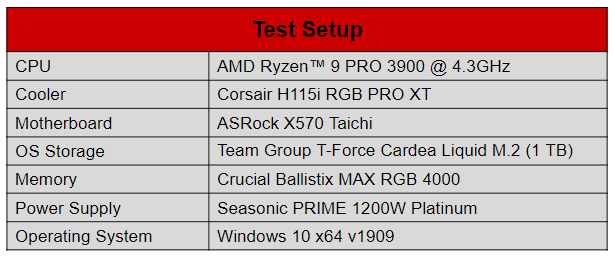
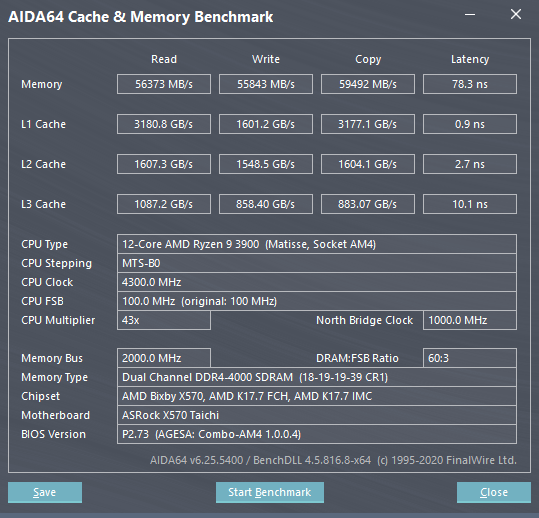
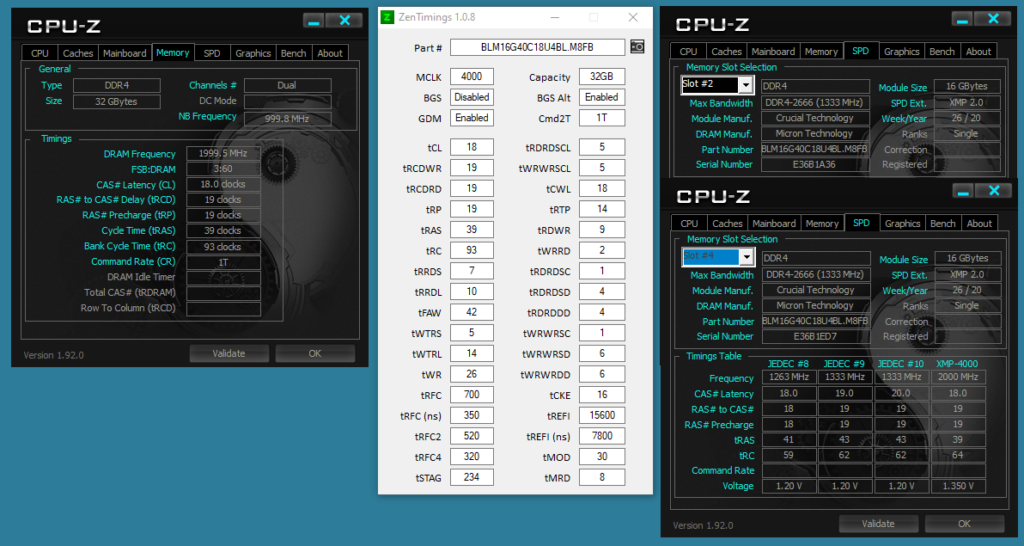
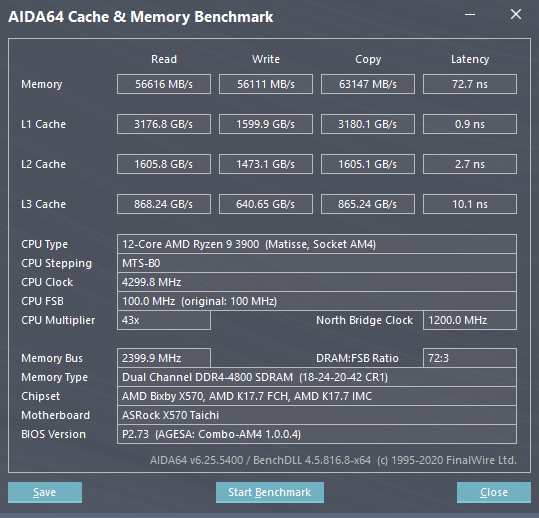

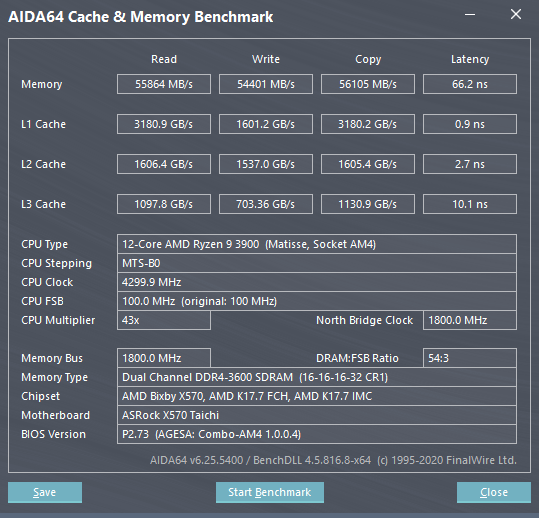
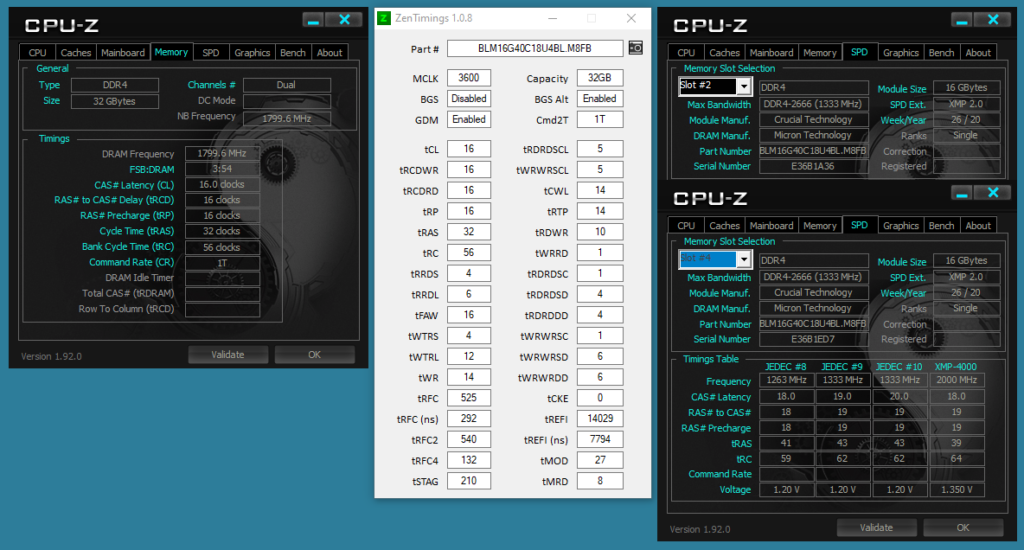
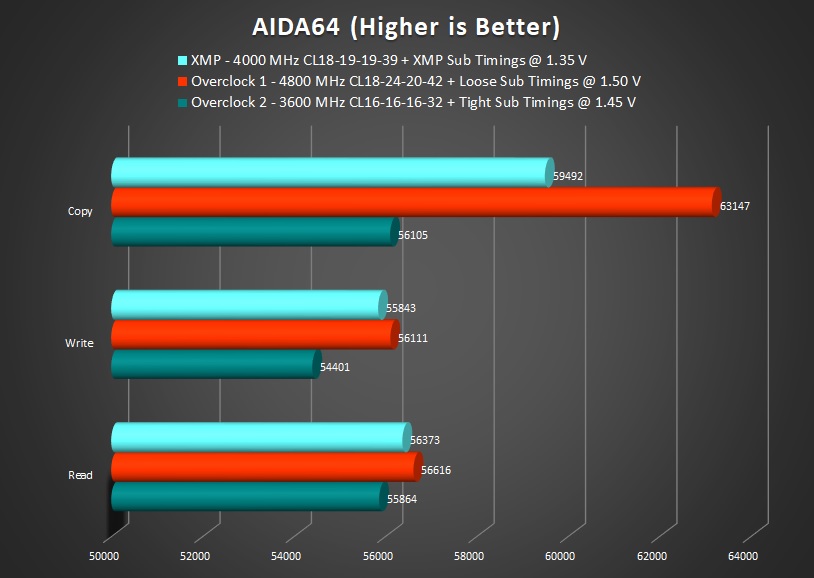
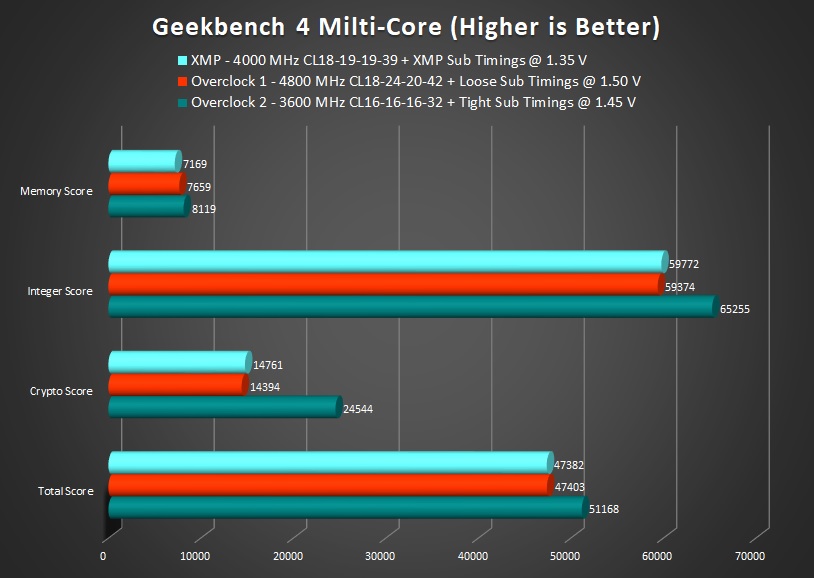
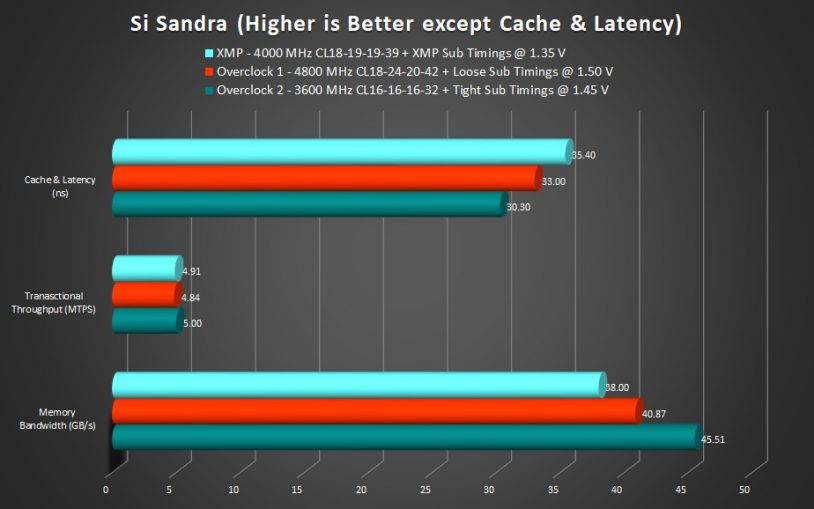
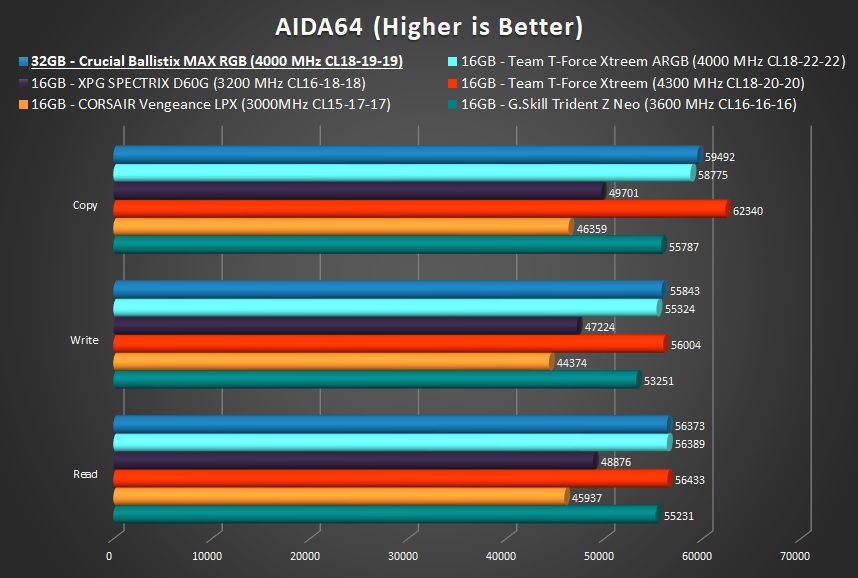
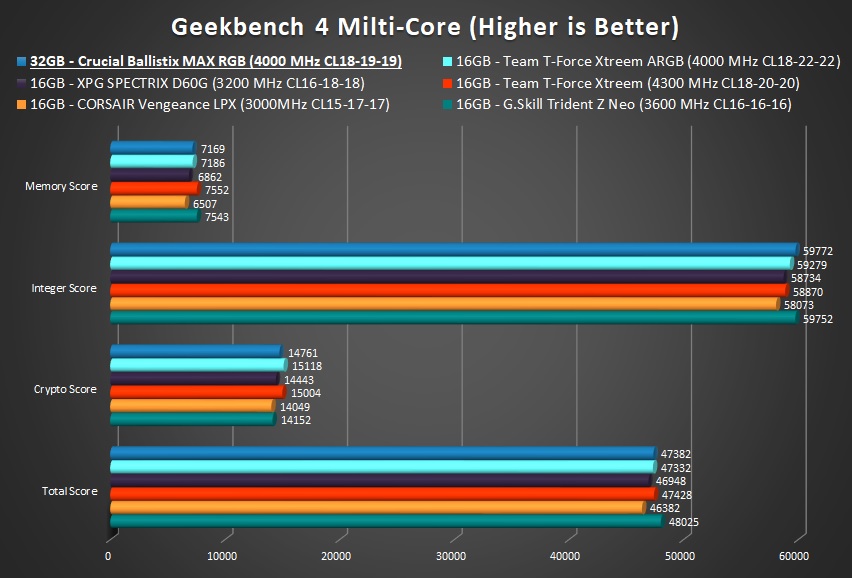
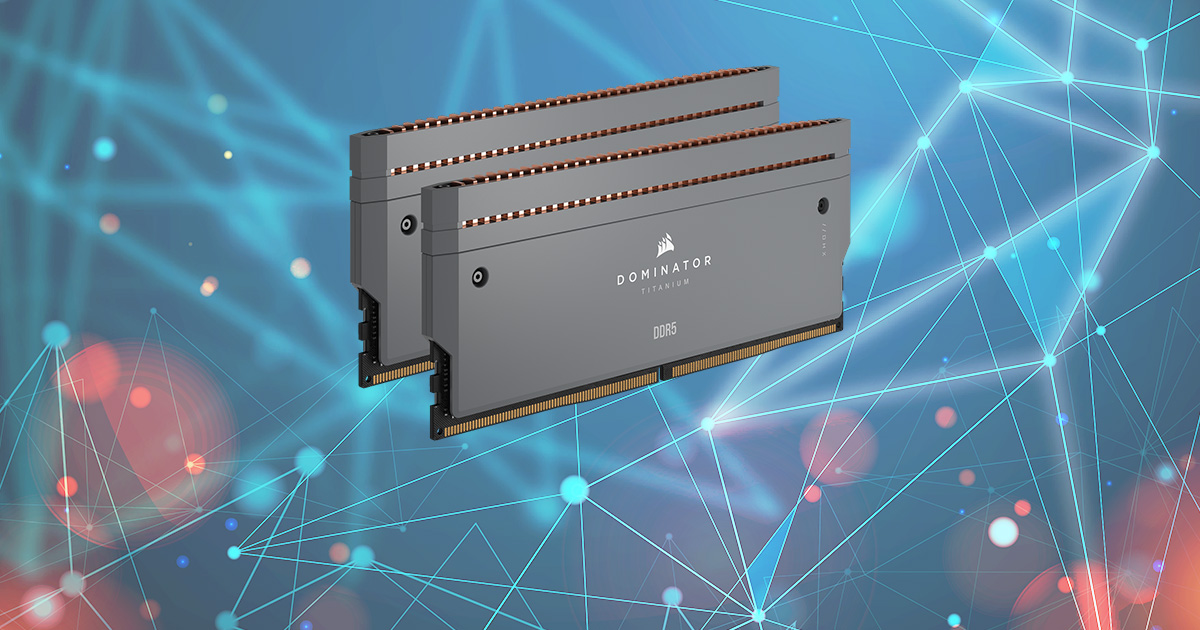
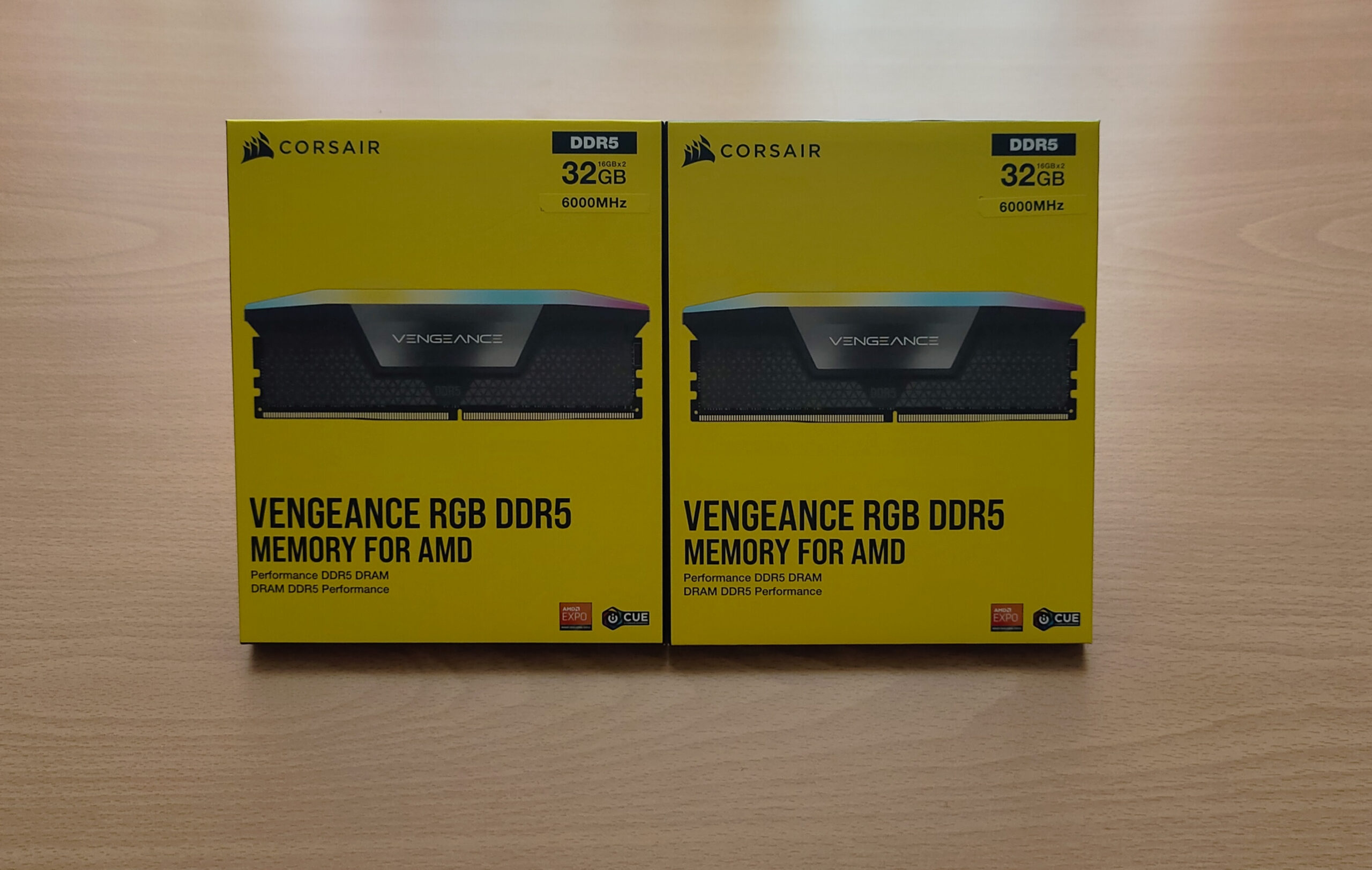
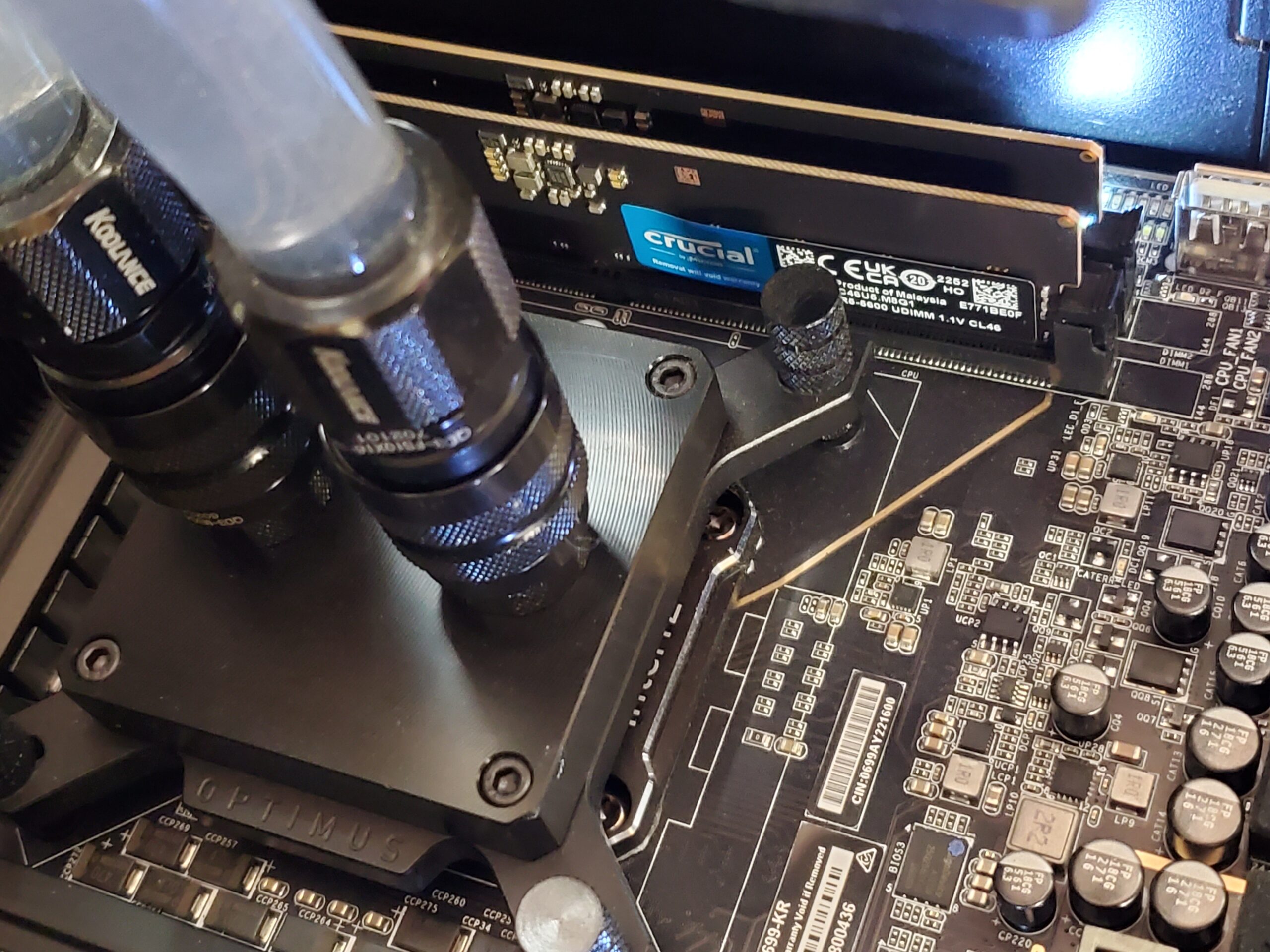
This Post Has 0 Comments